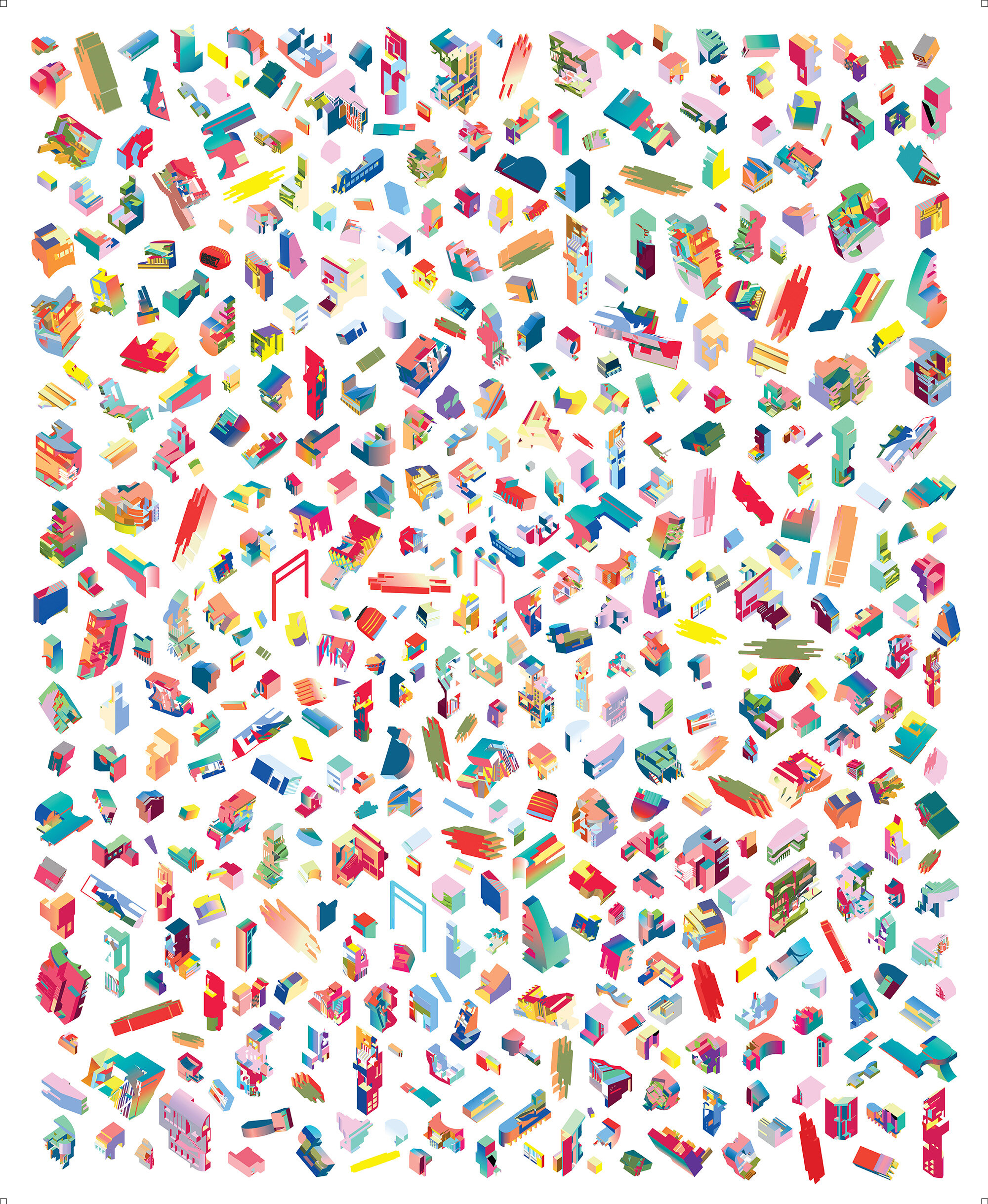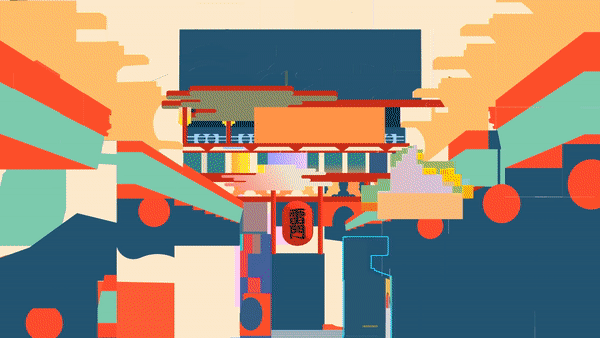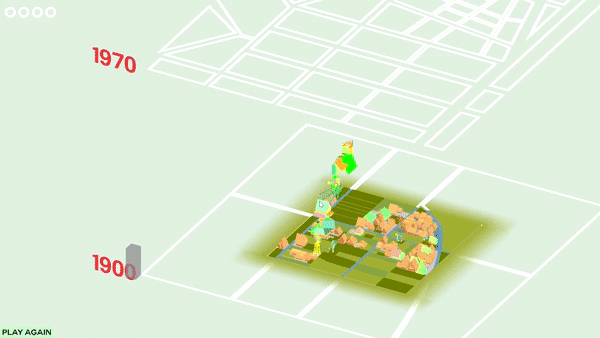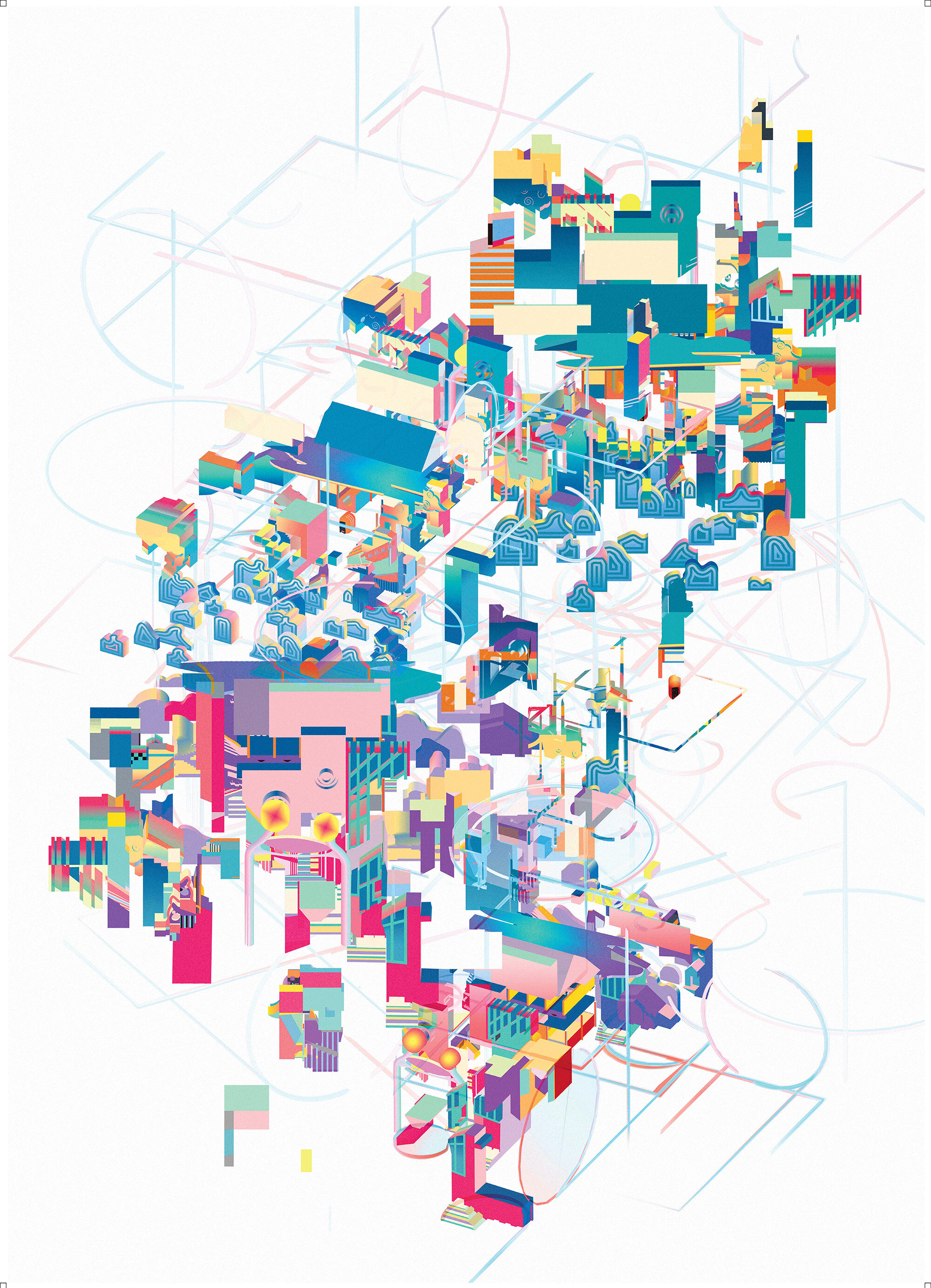Videogame Urbanism 2018-19
Allegorithmic Utopias
Our 2018-19 programme addressed the use of utopia as a mechanism for regarding reality and the utopic quality of game spaces. Videogame space has been described as ‘allegorithmic’ by Wark and Galloway, a combination of algorithm (computational instruction) and allegory (a story with a hidden meaning). Writing in the 1970s, Andrea Branzi remarked ‘nowadays the only possible utopia is quantitative’ by which he meant the future of the city was in the exchange and movement of data. In fact, our quantitative utopias today are videogame spaces entirely made up of encoded relationships between objects, inhabitants and the world around them.
To test these ideas, we travelled to Tokyo, a city reinventing itself for the 2020 Olympic Games. Tokyo was the site for many speculative urban projects of the past such as Kenzo Tange’s ‘URTRAN’ system, which combined data analysis with symbolic image archiving to produce human-machine systems for urbanism, a predecessor to modern interactive game environments. Japan’s economy has also been increasingly predicated on the export of its identity, including various forms of culture that are consumed by what Hiroki Azuma calls the ‘database animals’ – such as fans of anime figures who consume the character as an object of aesthetic pleasure divorced from a greater narrative. In this context we made games that explored secret typologies, developed new visual languages, created alternative ways of seeing, and proposed new tools for public engagement.
For 2018-19, students Yu Qi and Ziyi Yang were awarded the BPro Gold Prize for top graduating Urban Design students with their Kintsugi City project.




